Madagascar, the Galapagos of Africa some call it, is a big island country off the southeast coast Africa that I knew very little about other than it apparently teemed with beauty and endemic wildlife, including cute lemurs. We were inspired after watching an Anthony Bourdain episode on the country where he discussed the many good, as well as bad, points. The country, so Anthony explained, had a bounty of unique animal species, but also serious poverty and human overpopulation that culminated in all unprotected land being quickly destroyed. We compared it to a trip we took to the Philippines a few years ago when we saw the ever present smoke signals of the slash and burn agriculture going on there. But, ultimately we decided to go to Madagascar because of the many positives.
We arrived in the capital city of Antanarivo (“Tana” for short), where we stayed four nights formulating a plan. Unbeknownst to us before landing there, Madagascar is a country which requires more than a modicum of pre-planning. This is due mostly to how much time is spent actually traveling between areas. It’s a big island and the national parks, which is where our interests lay, were scattered across the country. Most of the roads are rough, and the few good ones aren’t very straight so you can’t go very fast. So, there are three bad options for travel: taking unreliable and expensive intra-country flights; riding in “taxi-brousses,” cheap but very cramped and uncomfortable (no A/C) minibuses; or renting a 4WD, which always comes with a driver. Given the heat and everything else, we chose to rent a car and driver, which everyone recommended.
Our rental agent, which amounted to a guy showing up with a truck, was a little surprised we didn’t have any accommodation reservations, or any real definite plan. He said our driver could help us out in finding places to stay, but was fairly insistent on helping us sketch out a plan before we left. Unlike anywhere else we’ve been, the schedule actually turned out to be important because the distances are long, it’s dangerous to drive after dark because of bandits (after 8 pm local vehicles only travel in caravans), and there isn’t a hotel in every town. Well, we wanted an adventure, we got one!
The people speak Malagasi and, in the cities and among the educated, French. Peter and I both speak some French, which came in very handy since our driver spoke French, but very little English. We practiced on each other, and even though the idea of being driven around was not our style and we were pretty resistant to it, we really liked our driver and ended up being very, very glad he was doing the driving…
After an initial two-day drive through poverty-stricken but beautiful landscapes, our first stop was Ranomafana National Park, where we spent two days hiking and seeing some truly incredible wildlife. Besides several species of lemurs, we saw giraffe weevils, satanic leaf tailed geckos (probably the most fascinating creature we saw), snakes, millipedes, chameleons, and more. Here is a photo gallery, and the post continues below (we put several galleries in this post because we have so/too many photos here!):
From Ranomafana we spent a full day driving to Isalo National Park, where we again spent another full day hiking. Here, the highlights were the landscapes rather than the animals. it looked somewhat like southern Utah, but not as red. But there were also neat looking endemic plants, including one colloquially called “elephant foot” that looked somewhat like a mini baobab tree. There were beautiful rivers running through the desert canyons and we were very impressed with the quality of the park itself; the trails were well marked and maintained. You are required to take a local guide, mainly to ensure that you do not go off trail or trash the place. Which is good and provides a living salary for the locals.
From Isalo we did nothing but drive for three very hot and uncomfortable days (we found out our truck didn’t have A/C) to get to the west coast where awaiting us were even higher temperatures, the unique Tsingy National Park, the Bekopaka Forest, and Madagascar’s most iconic trees: the magnificent baobabs. We had seen one species of baobab in east Africa and we’re told Australia has another species, but Madagascar has the remaining six species of baobab that exist in the world. Our first night there we drove to the famous “baobab alley” where tourists congregate for the sunset every evening and the locals try to sell them miniature baobabs carved in a precious hardwood that they don’t tell you will be confiscated at the airport. Glad we didn’t buy one, although we were tempted because they would have looked really nice on our mantle at home.
Next we spent another agonizingly hot day driving to Tsingy National Park, which upped the adventure meter even higher, especially because our driver hadn’t actually driven there before. It involved driving many kilometers down a “road” that is much better characterized as a sandy 4WD track, with a few hair raising ferry crossings tossed into the mix. The ferry was nothing more than a wooden raft with two belching englines with props slapped on it, and 4WDs (which is all anyone drives in those parts) enter the rafts by driving down a very steep, sandy hill onto what were like modified 2x10s that they laid between the shore and the floating raft. Our driver, eyeing it hesitantly, was assuaged by the boys portering us across that we would be okay. We didn’t see any wrecks immediately up or down the river and just chocked it up as another way of doing things. Even though I didn’t think the truck was going to end up in the drink, I decided walking onto the raft was the safer bet here, so I got out to watch from there. We made it, but we also saw far too much scorched earth on that drive.
On a lunch break between ferry crossings we may have made a little boy the most popular in his village for at least a few days. I had been carrying around a racquetball I didn’t want to carry around any more, and thought that I would find a kid to give it to here. So we found a lucky youngster who had probably neither owned any kind of ball in his life, nor seen a racquetball. He couldn’t wipe the smile off his face, and kept looking at it, putting it in his lap, looking at it up close, smelling it, putting it in his lap, looking at us, bouncing it, letting his friend look at it, letting the friend smell then bounce it. Rinse and repeat. He was still doing this when we drove off for the next river crossing, after which we got to our little A-frame tired and hot, but we made it.
The next day we did a Via Ferrata route in the Grand Tsingys, a first for us. A Via Ferrata is basically a hike where you wear a climbing harness because you have to hook onto a cable a few times in the precarious parts. It was really fun, and added a lot to the experience, plus I think you might actually die if you fell in a few places requiring the cable. I also wouldn’t recommend it to anyone with a fear of heights. The tsingys are unique, super sharp rock formations better described in photos. The following morning we took a boat ride in a traditional dug out boat and saw some beautiful scenery along a river that is right next to the Tsingys.
After that, it was back into the truck to get to the last wildlife stop on our trip, the Bekopaka National Forest. Madagascar’s largest land predator is the fossa, which is an animal with a face more like a dog, but a body like a cat with a really long tail. Bekopaka was the place we were most likely to see one, and we did see one, but at night, so we didn’t get a photo of it. We did a couple of mildly disappointing forest walks there, one at night and one the following morning. Disappointing in that we didn’t see much because it was the dry season. The highlight was seeing mouse lemurs, which are of course the size of a mouse. There is one species of mouse lemur in that area that weighs only one ounce! It is the world’s smallest primate. We didn’t see that one, but the mouse lemurs we saw were small and very cute. Like little jumping mice.
There’s yet another side to this unique country, which we had no idea we were getting into when we landed. In fact, we didn’t learn about it until we were in Bekopaka, five days before we were to fly to Egypt. Madagascar still has the plague, every year, from August/September until April or so. Yes, the medieval disease, the plague, which by the way is easily cured with common antibiotics if it’s caught in time. It’s a disease of poverty, and usually in Madagascar they have the bubonic plague, which is spread by rats in the poor, sparsely populated highland areas where normally you have about a week to seek treatment before you are at risk of dying. Well, turns out that this year the very rare and dangerous airborne form, the pneumonic plague, which spreads easily human to human, was the primary form and it was, at the time we learned about it, spreading quickly. It was in the cities this year, and can kill you within 24 hours. Great!!! It was worst in the capital, Antanarivo, which was where we were heading back to next and where the number of cases was the highest. We were more worried that the WHO was going to shut down the airports and we’d get stuck there than we were about catching it because someone said the death toll was rising quickly and just about to pass the number where the WHO can shut airports down. We looked into moving our flight up to get out of there, but we were two very long days’ driving from Antanarivo, and the airline we were flying didn’t have a flight out any earlier that we could make. We made it out of there without catching the plague, so that was a relief.
In the end, Madagascar does have an abundance of amazing and unique wildlife and incredible beauty, but as Anthony Bourdain warned us, we also saw the other side of it: poverty like we’ve never seen before, rampant deforestation, and the general destruction the human race wreaks on other species because of all this. To be candid, there are far too many kids with parents who can’t support them. It was heartbreaking because we know some day, probably in our lifetimes, at least some the incredible animals and plants we saw are going to be extinct and the people there will not be any better off for it.
Final photo gallery. The captions I added should hopefully help make sense of this mishmash : )



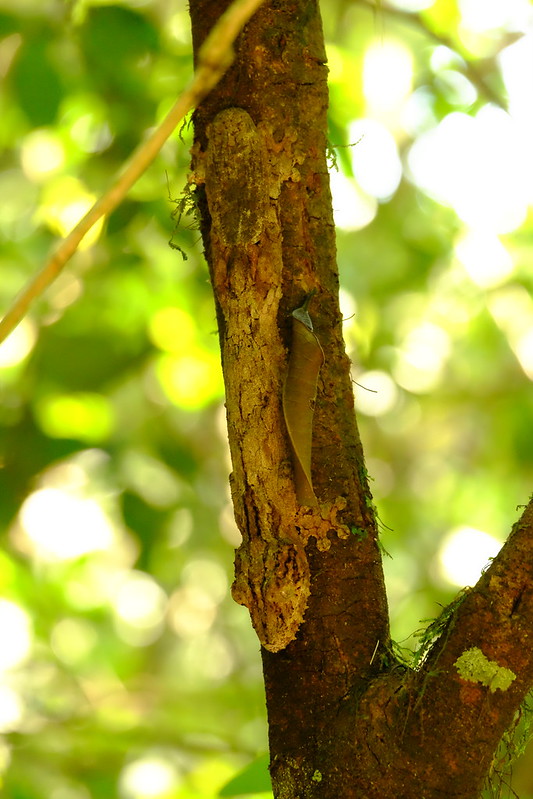



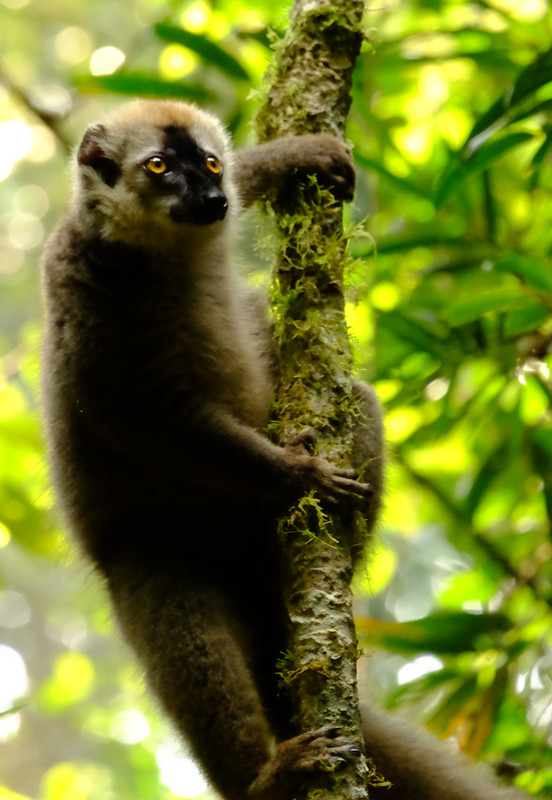


























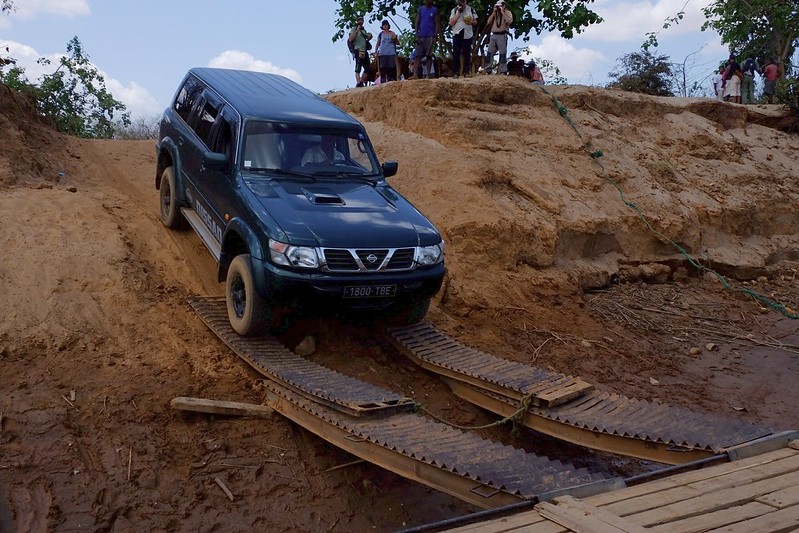














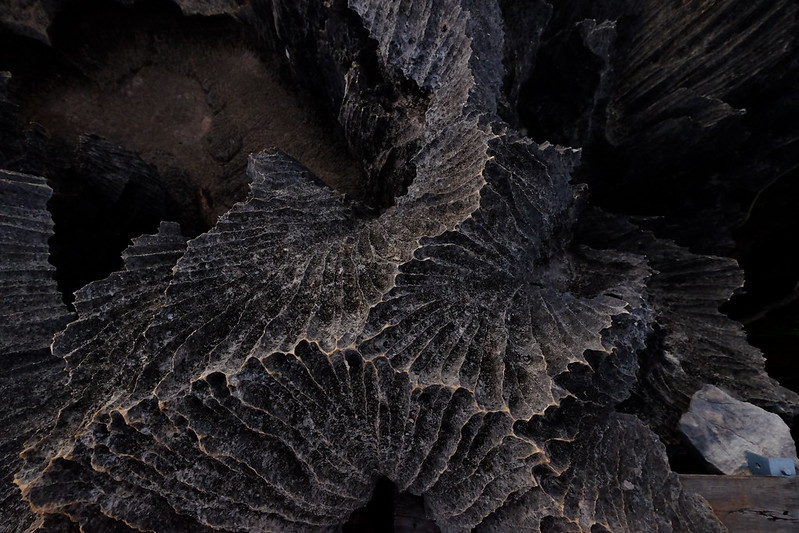

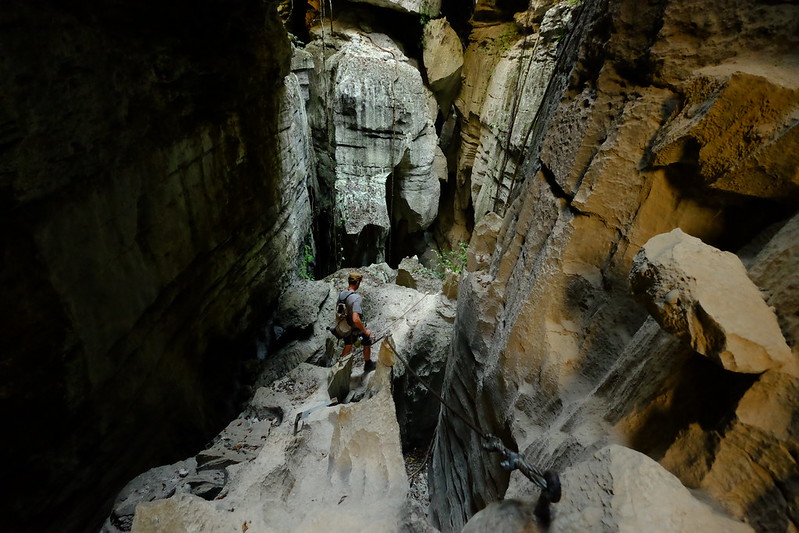

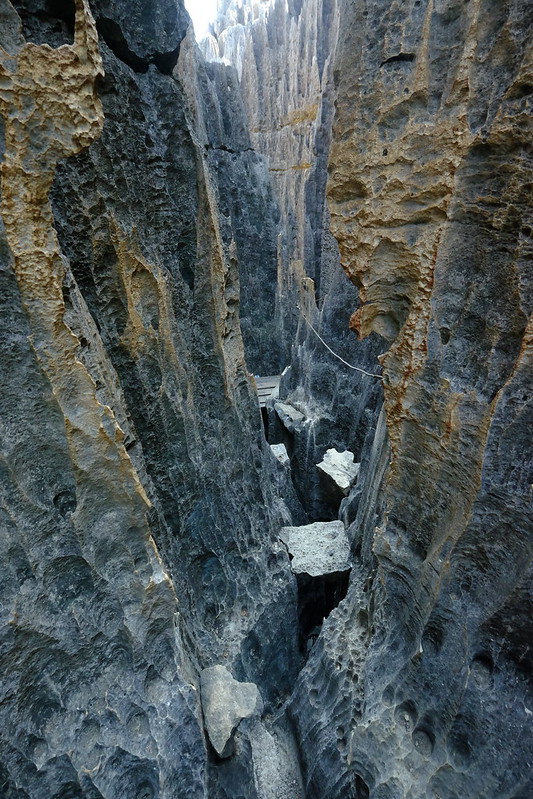




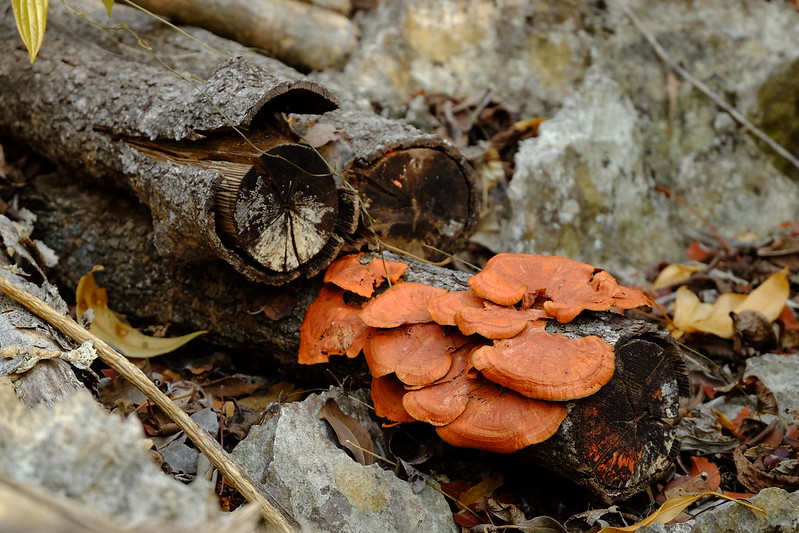




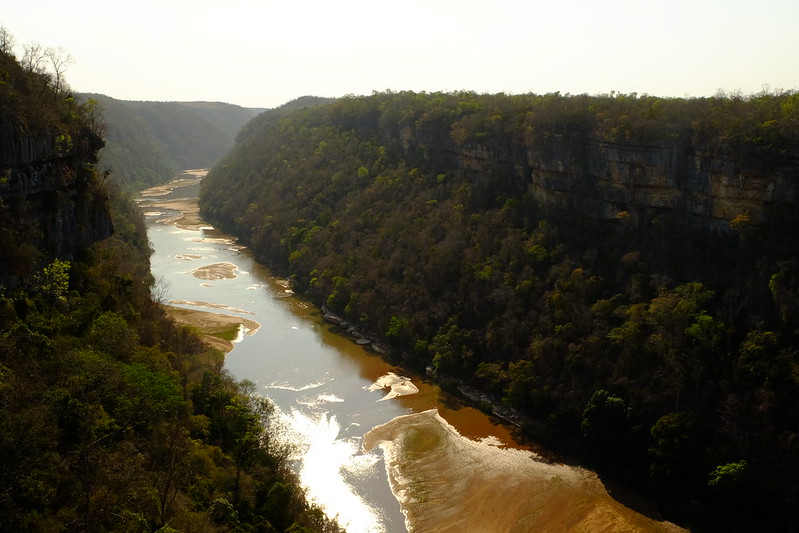




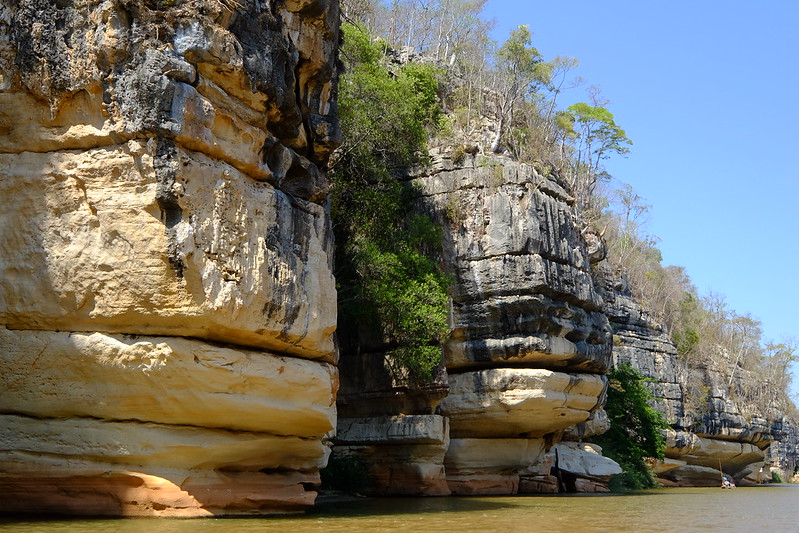






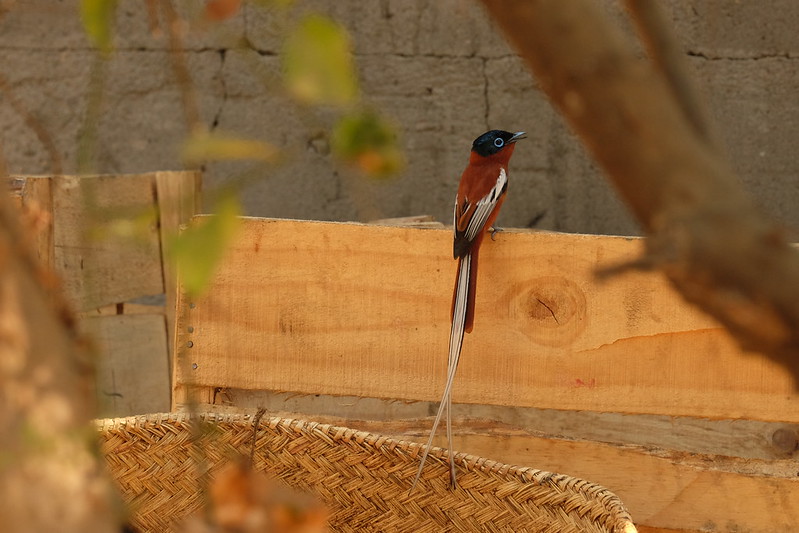

































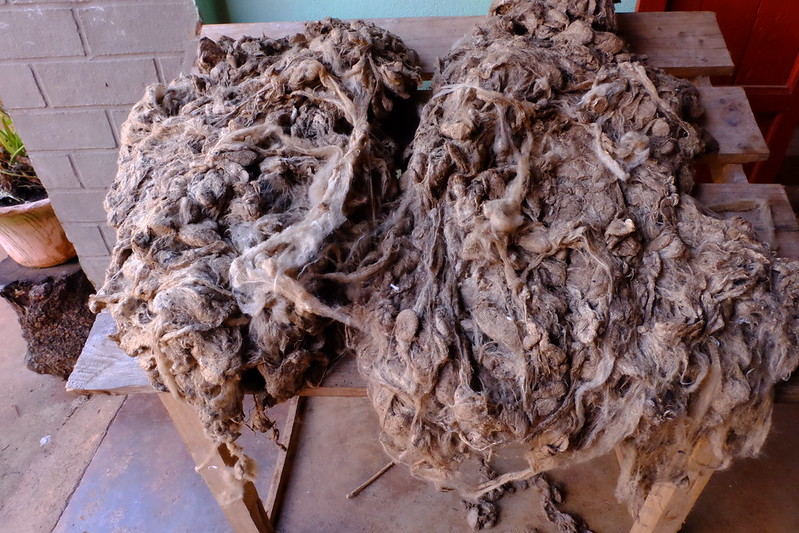



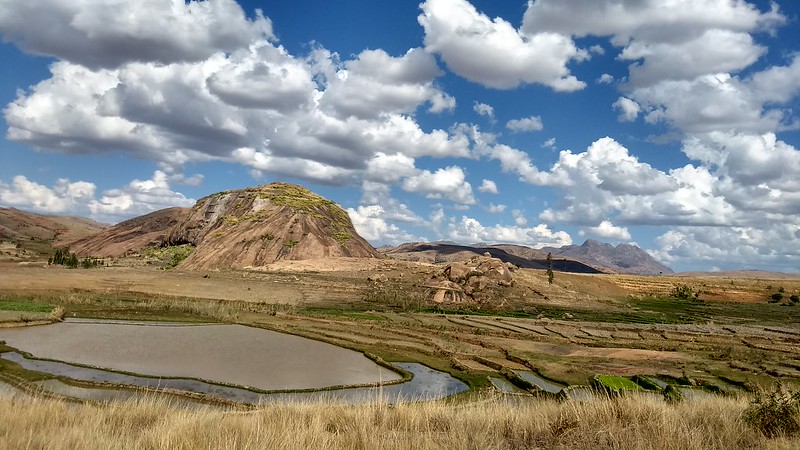


6 replies